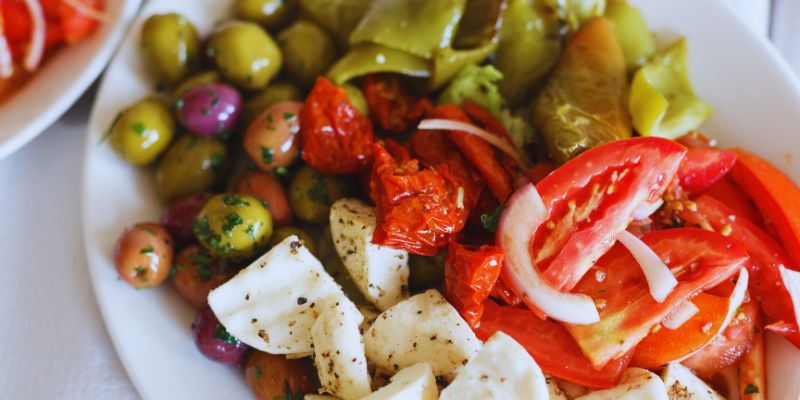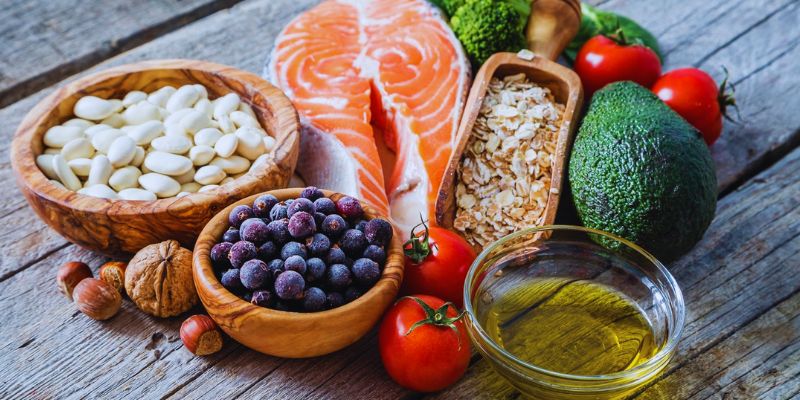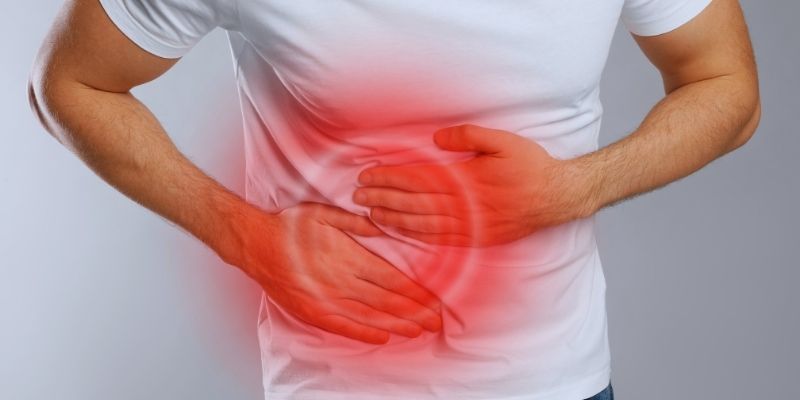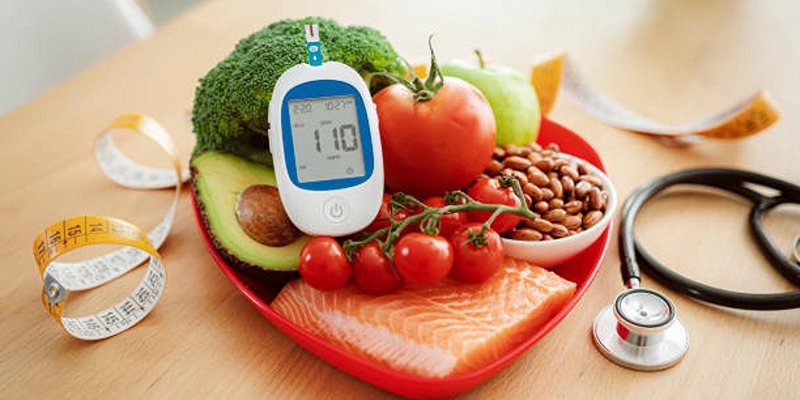The Nordic diet, which has taken the world by storm, not only fuels the body but also helps protect the planet. It is a healthy way of eating that comes from countries like Norway, Denmark, Sweden, Finland, and Iceland. The diet focuses on simple, natural foods that are easy to find and include a lot of fruits, vegetables, whole grains, fish, and low-fat dairy.
One of the main goals of the Nordic diet is to eat less processed food, making it an eco-friendly choice that reduces environmental impact. Many people also like it because it can help with weight loss, lower cholesterol, and address many other health problems. If you want to know about all the health benefits of the Nordic diet, what foods to include and avoid, and whether the Nordic diet is a right choice for you, keep reading!

What is the Nordic Diet: An Understanding
The Nordic diet is quite similar to the Mediterranean diet. It focuses on eating healthy and whole foods. It is based on foods commonly found and eaten in Northern European countries and promotes mostly a plant-based diet. The Nordic diet includes seasonal fruits and vegetables, whole grains, and plenty of seafood. These foods are rich in protein, healthy fats, and complex carbs, all of which are good for overall health. The Nordic diet mainly uses canola oil, which has less saturated fat. Canola oil can be used for cooking at higher temperatures, which makes it more versatile. However, many canola oils in the United States are heavily processed and don't have as many antioxidants as olive oil.
Another important part of the Nordic diet is reducing sugar intake and increasing fiber and seafood. People following this diet are encouraged to eat twice as much fiber and fish as people following a typical Western diet. It assures better heart health, improves digestion, and reduces the risk of chronic diseases. The Nordic diet is great for eating more nutritious, local, and seasonal foods. Following this diet, you can easily reduce unhealthy ingredients like sugar.
What Are The Benefits of the Nordic Diet?
The Nordic diet offers many health advantages by encouraging people to eat whole, natural foods. Here are the main benefits of a Nordic diet:
- Reduces Inflammation: Eating more fruits, vegetables, and fatty fish helps lower inflammation. It is helpful for people with arthritis or joint pain.
- Lowers the Risk of Chronic Diseases: The diet reduces the chance of developing serious health problems. If you eat a Nordic diet, you can avoid diseases like Type 2 diabetes, heart disease, and cancer. It focuses on healthy, clean foods with fewer harmful ingredients.
- Helps with Weight Loss: The Nordic diet avoids processed food and sugar. It supports healthy weight loss, keeps you full longer, and makes it easier to avoid overeating.
- Lowers Cholesterol: Foods like oats, whole grains, and fish can help lower bad cholesterol levels, which is good for heart health.
- Controls Blood Pressure: Eating more plant-based meals with less salt can help reduce high blood pressure and improve heart function.
- Easy to Maintain: The diet is simple and realistic. It includes everyday foods that are easy to find and cook, making them easier to stick to in the long run.
Foods to Eat on the Nordic Diet
The Nordic diet focuses on fresh and natural foods and encourages the consumption of many whole foods that are good for the body. Here are the main foods to eat when following a Nordic diet.
- Whole Grains: Like rye, barley, and oats, they are great for energy and digestion.
- Fruits: Berries, especially, are packed with vitamins and antioxidants.
- Vegetables: Root vegetables like carrots, beets, and turnips are filling and full of nutrients.
- Fatty Fish: Like salmon, tuna, sardines, and mackerel provide healthy fats and protein.
- Low-Fat Dairy: Like Skyr yogurt, it offers protein and calcium.
- Legumes: Like beans and lentils, they are rich in fiber and plant-based protein.
- Eggs: They can be part of your meals, but not too often.
- Game Meat: You can also eat game meat such as rabbit, bison, or venison. It is leaner than red meat and lower in unhealthy fat. But you should eat these foods in moderation. Red meat should only be eaten once or twice a week.

Foods to Avoid on the Nordic Diet
The Nordic diet recommends avoiding certain foods or having them only occasionally, like other healthy diets. Let's discuss them below:
- Red Meats: Red meat, not game meat, like beef or lamb. It should only be eaten sometimes.
- Foods With Added Sugars: Avoid sugary food like candy, desserts, and sweet snacks.
- Processed Meats: Avoid processed meats like bacon, sausages, and bologna. These are high in unhealthy fats and preservatives. Also, this is a great way to avoid excessive use of natural sources (water and fuels), creating less pollution.
- Salty Foods: Avoid packaged lunch meats, instant noodles, and some breads that contain extra salt.
- Fast Food: It is usually high in fat, salt, and sugar, so avoid it.
- Sugary Drinks: Soda, sweetened juices, and energy drinks can be harmful.
Is the Nordic Diet Right for You?
The Nordic diet is a great way to eat healthier. You can choose local and seasonal foods to stay healthy. It can also be a fun reason to visit local farmers' markets. To find fresh fruits and vegetables, you can ask your grocery store if they sell locally grown produce. However, this diet can be hard to follow for some people. It takes time and planning.
Additionally, certain foods like lingonberries or cloudberries cannot be easily found in some places, especially in the U.S. You must adjust your diet based on what's available in your area. Still, the Nordic diet is flexible. You can make changes based on your lifestyle. By adding more plant-based foods, it can even work well for vegetarians or vegans. It is not a strict diet. It's more like a helpful guide to eating simply and naturally.
Conclusion:
The Nordic diet is a simple and healthy way of eating. It focuses on fresh, local, and natural foods like fruits, vegetables, whole grains, and fish. It helps you avoid processed foods, added sugars, and unhealthy fats. This diet is not too strict and can be adjusted to fit your needs. It will take a little planning, but it can lead to better health, more energy, and a balanced lifestyle.












